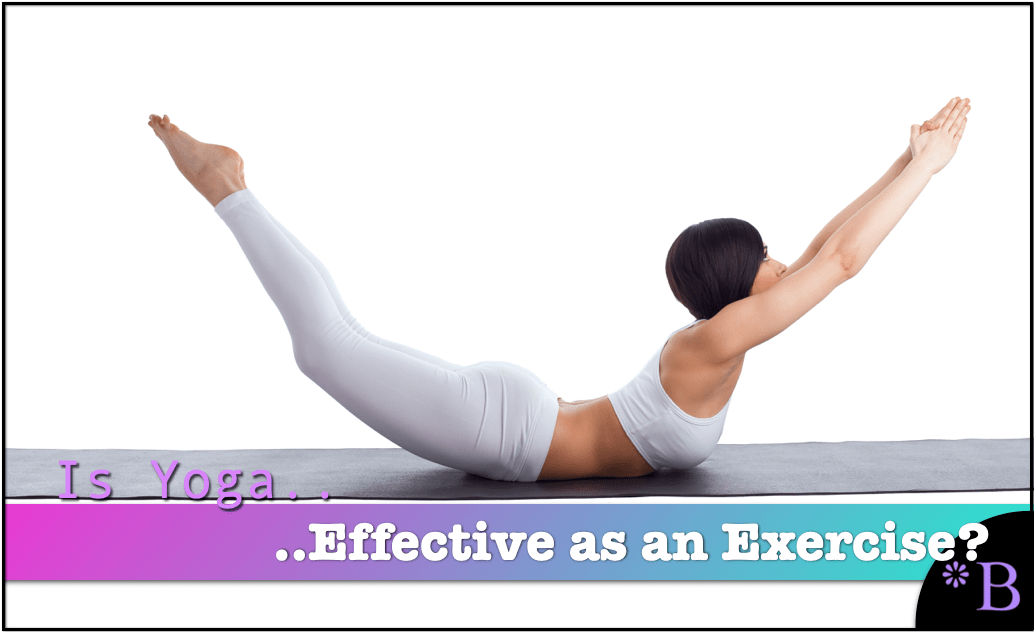How Yoga Is Overrated as an Exercise for Health
Executive Summary
- Yoga is often promoted as both a good use of exercise time and healthy.
- How accurate is this reputation that yoga has?

Introduction
Yoga is often promoted as a healthy exercise; however, in this article, we call into question the comparative health benefits of yoga.
The Issues With Yoga and the Immune System
It is known that jogging is better for the immune system than bicycling. This answer is why pressure placed on bones is essential to immune system function. This is explained in How Resistance Training Focusing on the Negative Improves the Immune System.
Therefore it’s not just exercise but exercise that puts more pressure on bones, which is critical to impacting the immune system.
I see people extolling the virtues of yoga as very good for you, but the reality of yoga’s impact on the body is the following:
- Yoga places little pressure on bones.
- Yoga does little to increase circulation.
- Yoga burns few calories.
- Yoga does little to increase strength.
A primary benefit of exercise and to the immune system is that it increases circulation. However, I rarely see yoga critiqued for its inefficiency in several key health areas. Exercise must place stress on bones and increase circulation to benefit the immune system significantly.
Is Yoga Ok As Part of a Broader Exercise Routine?
Yoga can be used along with other exercises. However, the problem with yoga is that people only have a limited amount of time to exercise, so the exercises selected must be practical, even if multiple different types of exercise are performed. Outside of fitness models, people will probably be limited to several hours of exercise per week. And there is already a problem with people getting sufficient exercise.
According to this CDC Report, only around 22% of Americans reach the CDC’s recommended weekly exercise duration of 150 minutes of moderate-intensity exercise or 75 minutes of high-intensity exercise.
That sounds bad.
However, the reality is much worse than the report states. I can prove that 150 minutes per week is too low to maximize the impact on the immune system, which I consider to be at around 360 minutes per week. I assume that the percentage of Americans getting at least 360 minutes of exercise per week must be exceedingly small. I do not know the answer, but it’s hard to see how yoga meets the CDC’s moderate-intensity exercise standard.
Given these restrictions, I don’t think yoga makes the cut, as people that do yoga don’t tend to do a lot more else.
Yoga is very much female-dominated and fits into the female sensibilities of things like community and exercise as fun. Somehow yoga also became probably the most prestigious exercise. All one has to do is go to high-income areas to see well-off women waiting outside studios with their yoga mats.
However, I don’t see it as a good use of exercise time.
This man is performing a fairly standard yoga routine. He is experienced and knows what he is doing — however, is this exercise?
The Foundational Problem With the Lack of Integration Between Medicine and Exercise
Medical knowledge of the immune system usually is not integrated with how exercise is explained. Exercise is mainly defined as something that improves the appearance of your body. That might be the least important aspect of exercise. Immunologists write papers that do not focus on the person’s lifestyle or how it relates to the immune system. If we look at the covid response, it was all about masking, vaccines, and social distancing. However, it was known that exercise is a crucial component to strengthened immune systems, yet none of the health authorities focused on this essential fact. I found papers published on the NIH website, but the NIAID ignored those papers.
That means the immunological benefit of exercise essentially goes unexplained to people, who generally see these things as separate topics. And one of these areas that suffer from this lack of integration is that exercises like yoga tend not to be critically examined for their actual impact on health.